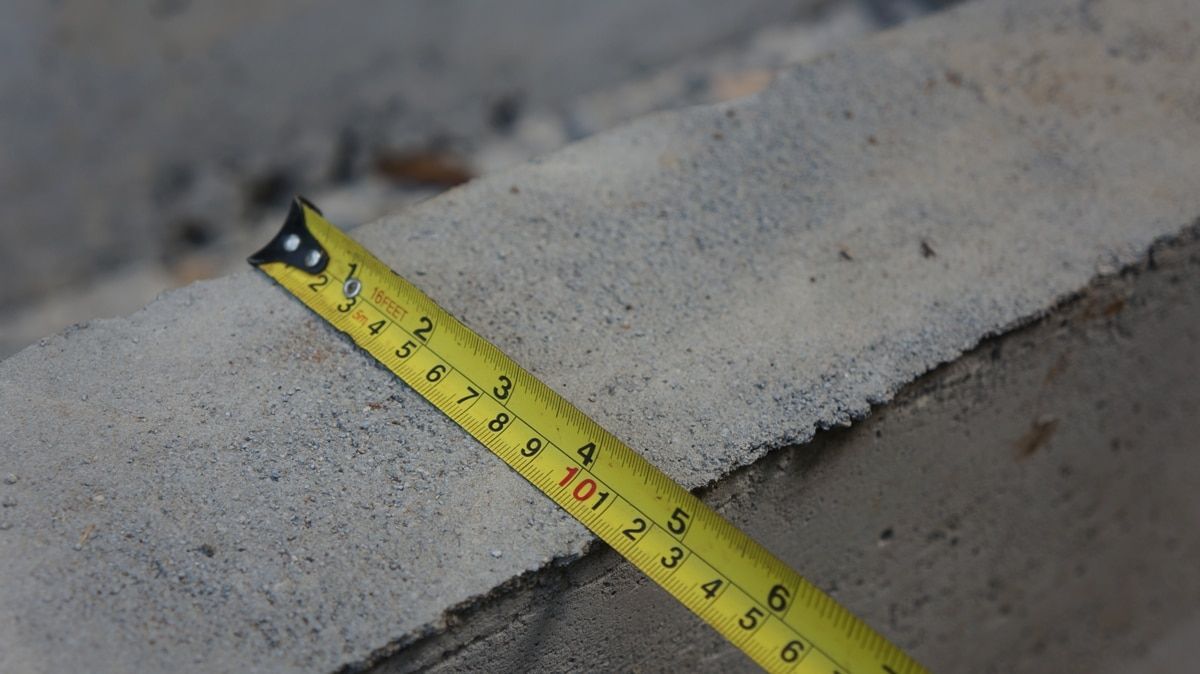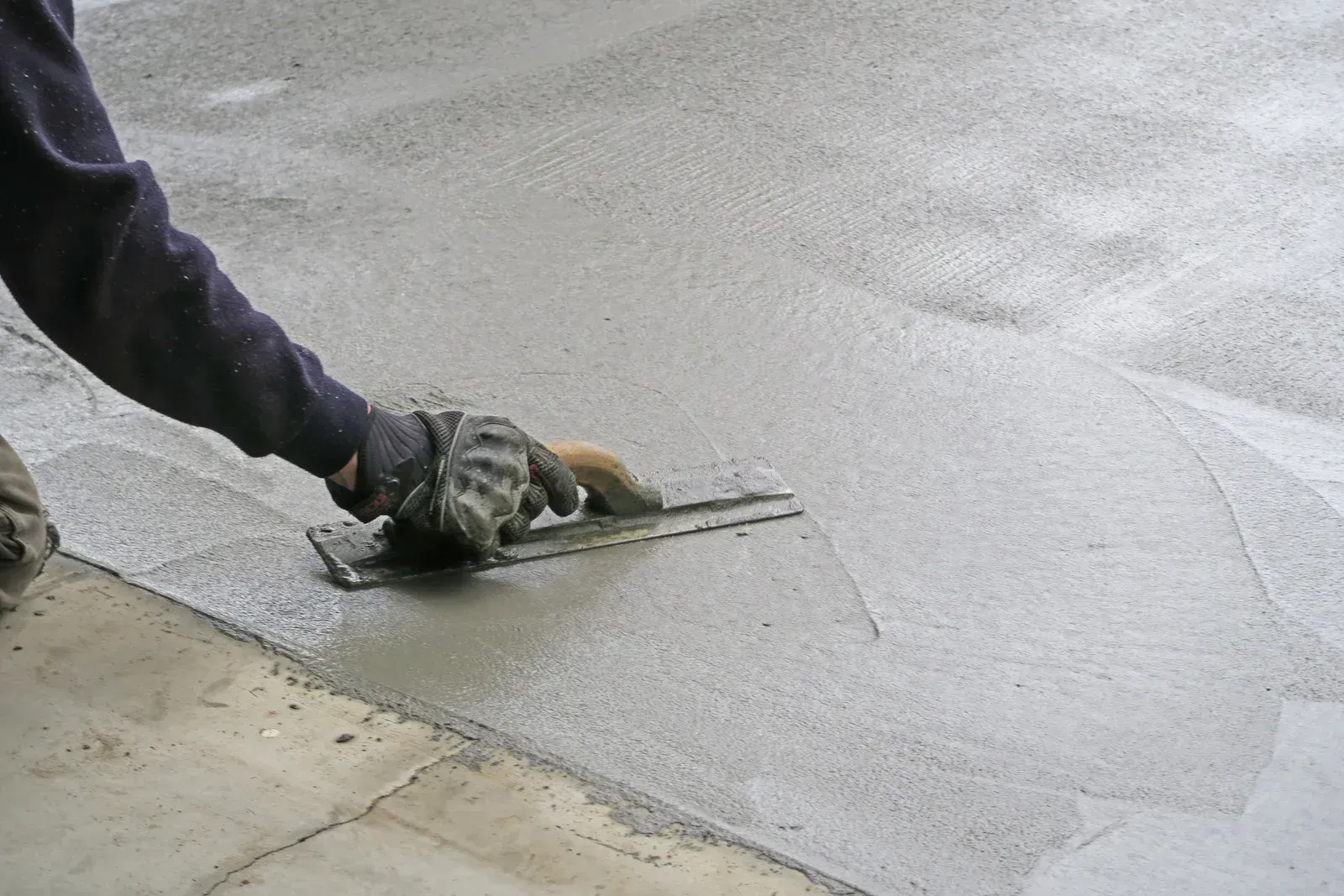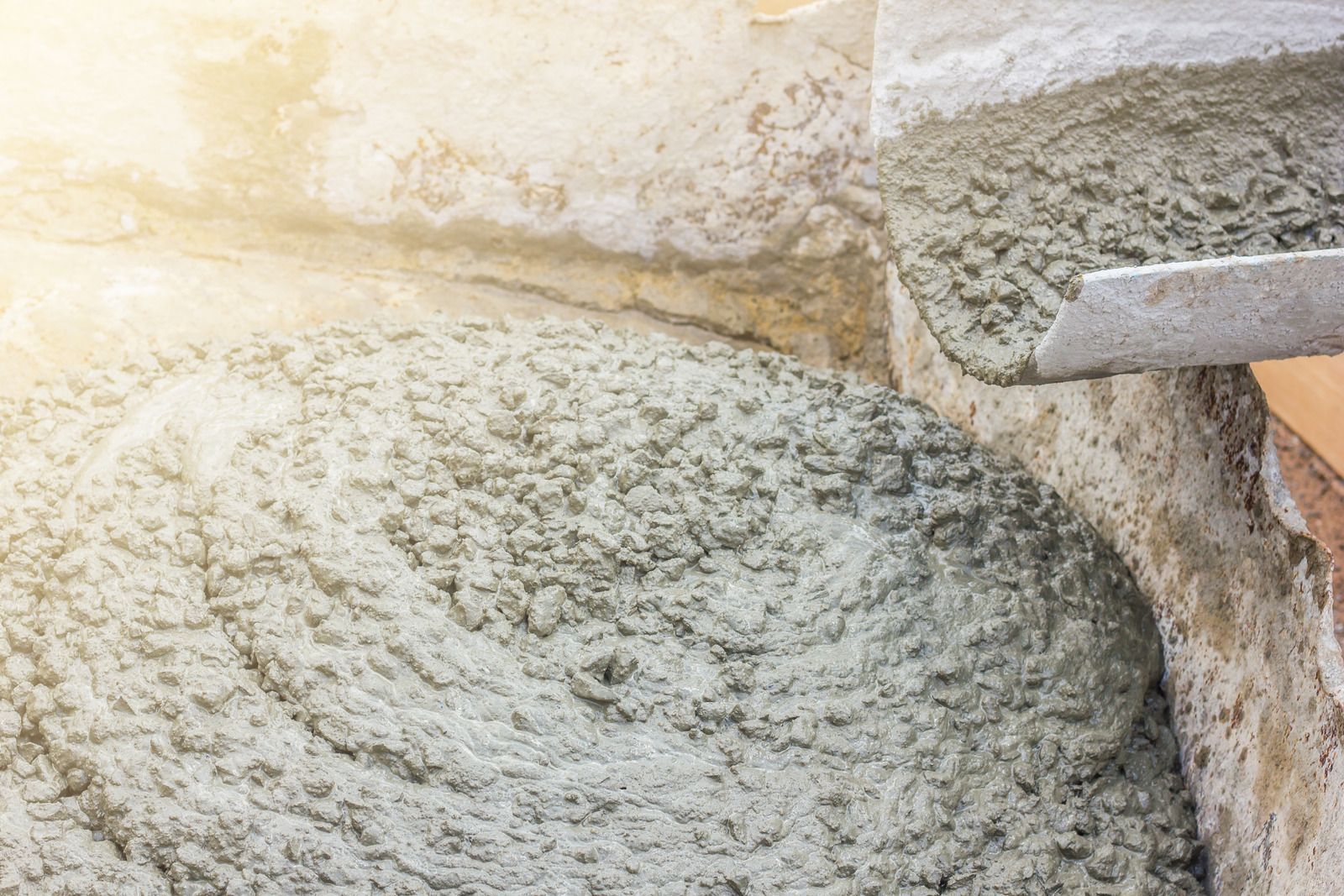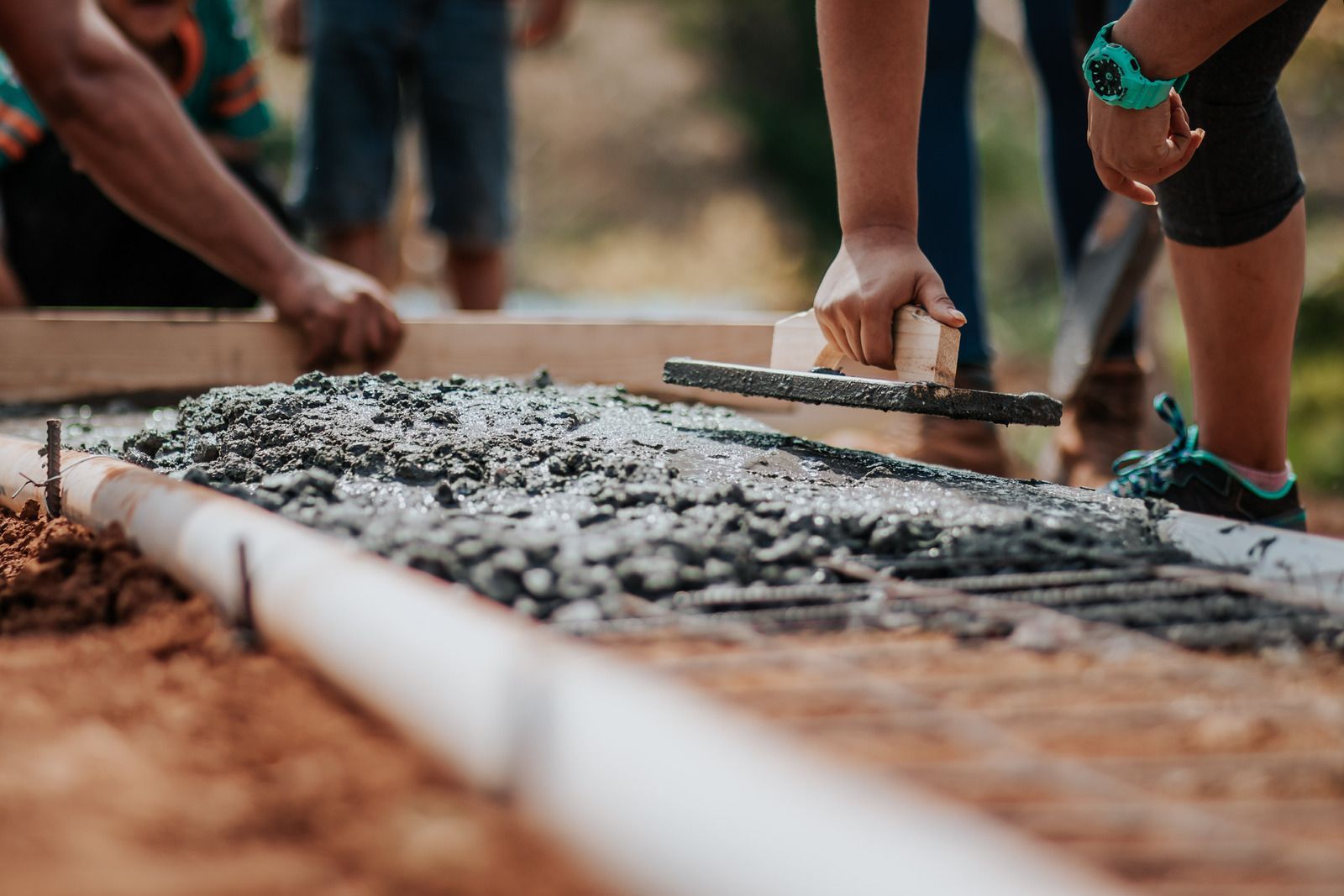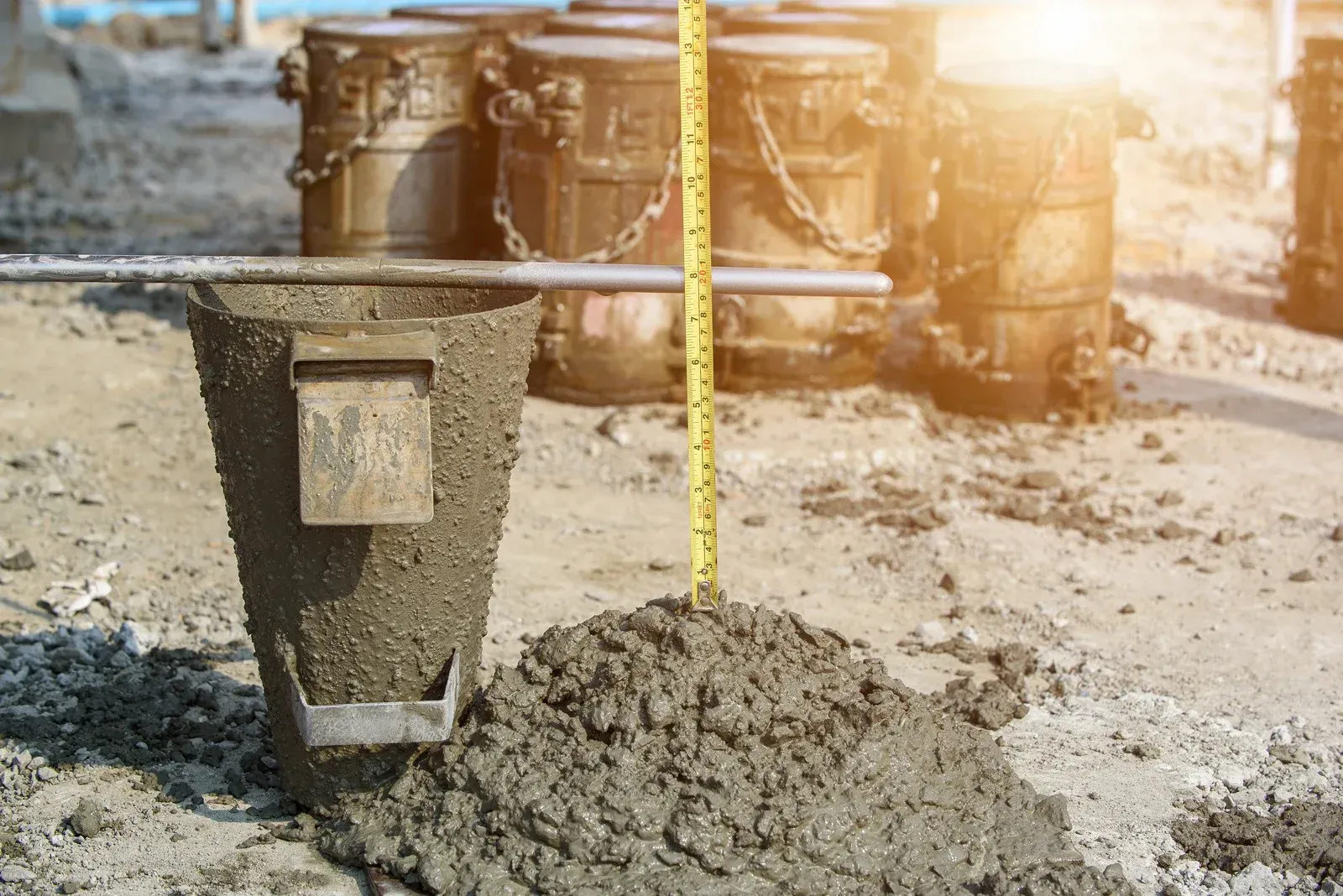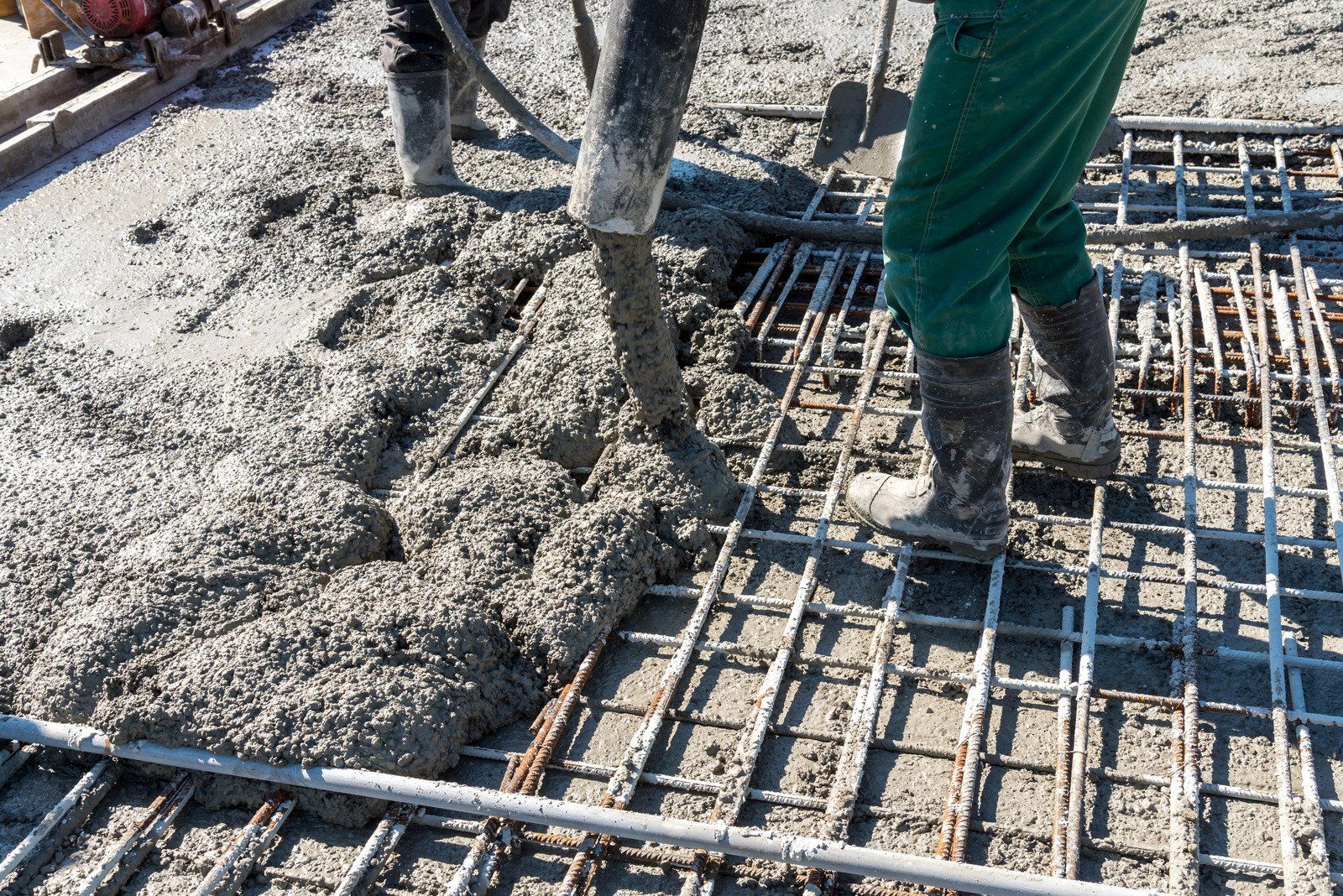Are the Industry Elites Failing Concrete?
Last week, I sat in on an event where a social media influencer—someone who’s built a sizable following in the concrete world—took the stage. His delivery was slick, and the crowd was split: some loved the energy, others saw right through it. As I listened, it became clear that what he was selling was more hype than substance—and worse, much of it was misleading to the very contractors he claimed to help.
Let’s talk about the elephant in the room. Over the past few years, the industry has been thrown into chaos by the sudden rollout of limestone and blended cements. These products arrived with little warning, and contractors had no choice but to adapt on the fly. The result? Mistakes, complications, and costly failures—costs that manufacturers didn’t have to bear. The people on the ground, the ones actually working with these materials, were left to figure it out, shoulder the expense, and clean up the mess.
Manufacturers fixed their formulas without taking responsibility for the fallout. They didn’t foot the bill for research, nor did they invest in training the workforce they blindsided. It’s a modern twist on an old story: push a new product, let others deal with the consequences, and treat real-world users as unpaid R&D.
That’s not where the rot stops. Watching that presentation, I realized how easily social media personalities, consultants, and even PhDs have turned industry committees and organizations into echo chambers. These platforms, which were intended to establish standards and protect the industry, have become platforms for self-promotion and corporate agendas. I’m not here to attack any one person or group. The truth is, most of these organizations started with the right intentions, but many have been corrupted by commercial interests and the relentless drive to push new products for profit.
We need experts, researchers, and standards—no argument there. But those standards must be objective and immune to company influence. When gatekeepers in the industry openly admit that certain admixtures will never be accepted as long as they’re around, despite proof they work, you know something’s gone wrong. The good news? Some of these old-guard power brokers are retiring. Maybe when they’re gone, real change can happen.
But we won’t get there if we keep ignoring reality. At that event, the “data” being presented wasn’t based on the new materials contractors are forced to use today. Instead, it was all about Type I/II cement—the old material, used for a century. As I watched the presentation, the data was all based on cement that’s no longer relevant. It’s misleading, and it’s precisely why contractors are struggling. We’re still relying on outdated data because, frankly, there’s no real history or experience with 1L cement here in the U.S. Manufacturers love to claim, “We’ve been using this for 30 years in Europe!” But they faced the same problems there, and many still do. If you want the truth, don’t ask the manufacturers—ask the contractors actually working with these products.
I’m all for innovation, but not when it comes at the expense of honesty. Over the last five years, I’ve watched this industry become more deceptive and self-serving. The stated commitment to “working together to solve problems” is little more than PR. Behind the scenes, the same influencers and researchers are protecting the old relationships between committees, manufacturers, and producers. Let’s not kid ourselves: researchers depend on industry funding, and they’ll do what it takes to keep the money flowing. That means Band-Aid solutions that guarantee recurring revenue, not permanent fixes that would put an end to the cash cow.
What’s worse, far too many in our field don’t know how to question the information thrown at them. We attended that event to learn how to work with new cement chemistries, but we received nothing but recycled lessons from the past. Challenge the status quo, and you’re treated like a heretic. But the truth is, the people we should be learning from are the ones in the field—those who’ve found ways to make these ever-changing materials work under real-world conditions.
Let me be blunt: the dogma around water-cement ratios and “strength equals durability” is outdated. Lowering the water-cement ratio and pouring in more chemical admixtures is like building the walls of a house before laying the foundation—completely backward. Lab results don’t reflect reality. Your lab might be a steady 70°, but out in the field, temperatures swing and humidity drops, and those perfect ratios stop meaning anything.
A final word: I love this industry. I’m not here to tear it down. But I am angry—angry at the corporations and individuals who profit while hardworking people pay for their mistakes. The men and women in this business just want to do their jobs, earn a living, and build a future for their families. They deserve honesty, transparency, and respect—not to be used as guinea pigs in someone else’s experiment.
It’s time we demand better.
